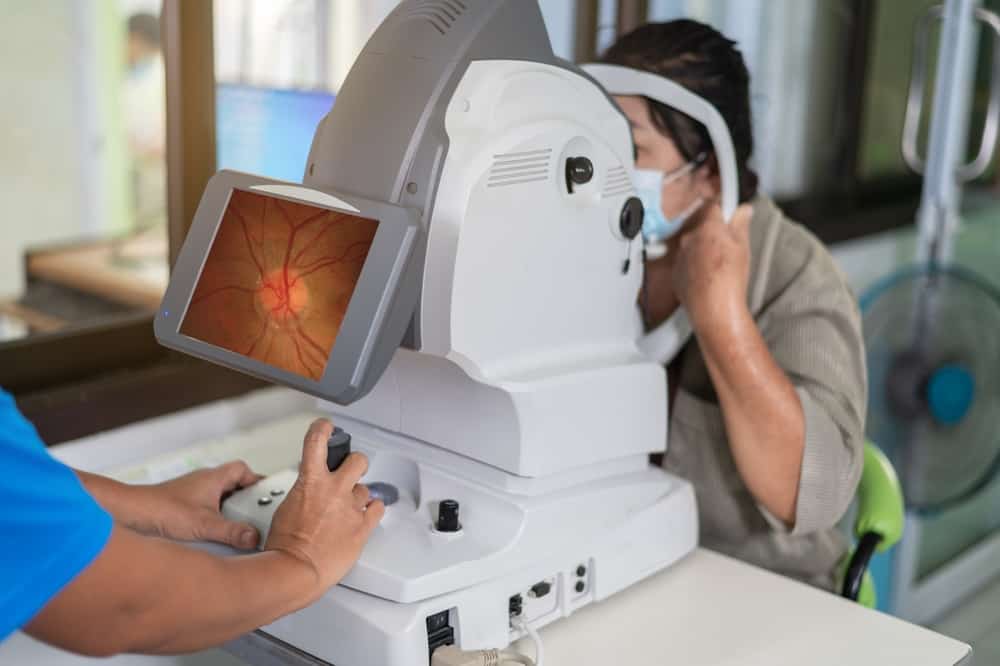All Categories
Featured
Table of Contents

Normal eye examinations are vital for keeping excellent vision and finding potential eye health problems early. The frequency of these examinations can differ substantially based on an individual's age, way of life, and total wellness. Understanding the advised timetable for eye examinations can aid make sure that individuals of all ages obtain appropriate treatment and monitoring for their eye health and wellness.
Infants and Toddlers (0-2 Years)
For toddlers and babies, eye examinations are critical for detecting any possible vision issues beforehand. The American Academy of Ophthalmology recommends that a youngster's initial eye exam ought to happen at around six months of age. During this first go to, the eye care expert will certainly analyze the youngster's visual development and check for any kind of evident eye issues.Following this first test, it is advised that kids have another eye examination at age 3. This visit will concentrate on evaluating the youngster's total aesthetic feature, consisting of eye positioning and the capacity to track objects. If no concerns are spotted, the following examination must be scheduled before the child starts college, usually around age five or 6.
School-Aged Kids (6-18 Years)
Normal eye tests must be scheduled every one to 2 years once youngsters get to college age. Vision is crucial for learning and advancement, and many colleges conduct vision screenings. These screenings do not replace an extensive eye exam by an eye treatment specialist.For youngsters associated with tasks or sports needing substantial aesthetic focus, yearly eye tests might be a good idea. Furthermore, if a youngster displays signs of vision issues-- such as difficulty checking out, squinting, or frequent frustrations-- a check out to the eye physician ought to be scheduled immediately.
Young Person (19-39 Years)
Young grownups usually have less vision changes than older age teams, but routine eye tests stay necessary. The basic referral is to set up an eye exam every two years throughout this period. People with specific danger elements-- such as a household history of eye disease, diabetic issues, or those who use contact lenses-- must think about yearly eye examinations.Additionally, those that spend considerable time on electronic tools might experience electronic eye strain. If symptoms such as dry skin, tiredness, or blurred vision occur, it might be smart to see an eye treatment specialist faster.
Adults (40-64 Years)
As people go into middle age, the chance of establishing vision problems boosts. Grownups aged 40 to 64 need to arrange eye examinations every one to 2 years. This age might begin to experience presbyopia, an all-natural age-related condition that makes it testing to concentrate on close objects. Eye tests can also aid discover other usual age-related problems such as glaucoma, cataracts, and macular deterioration.If people in this age team have threat factors like hypertension or diabetes, they might need even more constant exams to check their eye health and wellness closely.
Elders (65 Years and Older)
For elders, normal eye exams come to be a lot more vital. The American Optometric Association suggests that individuals matured 65 and older have an eye test a minimum of annually. Older adults go to a greater danger for different eye diseases, including cataracts, glaucoma, and age-related macular degeneration. Early discovery and treatment of these problems can stop vision loss and boost the lifestyle.Final thought.
Recognizing the appropriate timetable for eye tests based on age is crucial for keeping optimal eye health and wellness throughout life. By sticking to these guidelines and seeking advice from with an eye treatment specialist, individuals can take positive steps towards protecting their vision and general health and wellness.Latest Posts
Comfort and Convenience: Standard Rooms at The Claridge Hotel
Published Nov 23, 24
1 min read
Transform Your Bathroom with Bath Fitter Accessories
Published Nov 23, 24
2 min read
Carpet Interiors Floor & Home
Published Nov 23, 24
2 min read